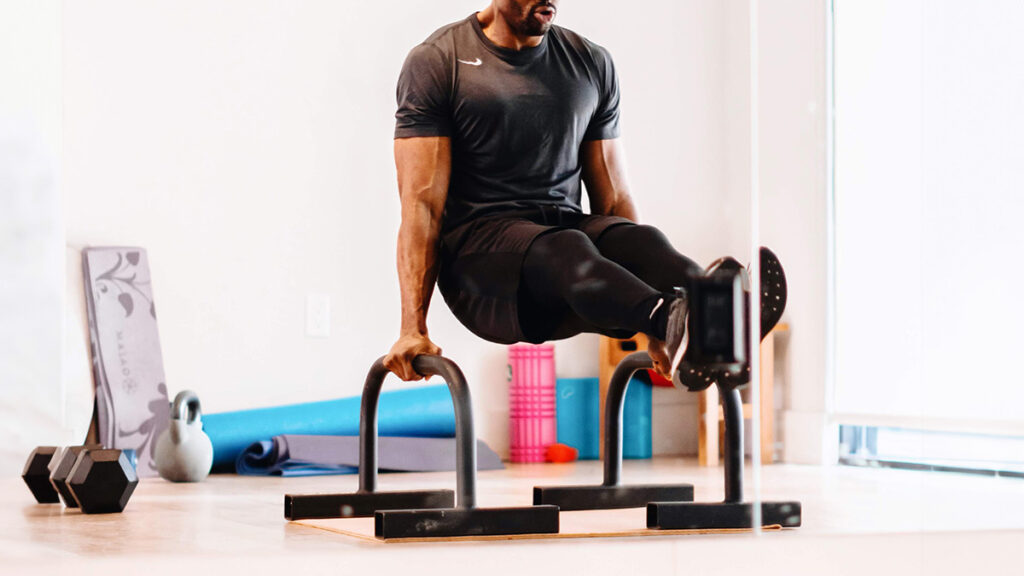Recovering from a sports injury can be a daunting experience, especially when you’re itching to get back to your fitness routine.
However, rushing into things can lead to setbacks or even more injuries. To help you get back on track safely, here are six essential steps that will not only prevent further damage but also ensure a smooth transition back into your active lifestyle.
Consult a Medical Professional
Before you lace up your sneakers or pick up those weights, your first step should always be consulting a medical professional. They will evaluate your injury and provide you with a comprehensive understanding of its severity, treatment plan, and a recommended timeline for recovery. Learning more about the right recovery process at kevinkrusemd.com can help you approach the issue with more care and planning. Don’t skip this crucial step, as it ensures you’re on the right path for a safe return to fitness.
Follow Your Rehabilitation Plan
Your healthcare provider will likely provide you with a rehabilitation plan that includes exercises and stretches to aid in your recovery. Adhering to this plan is paramount. These exercises are designed to strengthen the injured area and improve its flexibility. Skipping them can lead to a weaker and less resilient body.
- Scheduled Consistency: Make sure to stick to the prescribed schedule for your rehabilitation exercises. Consistency is key to retraining your body and promoting optimal healing.
- Progressive Intensity: As your recovery progresses, your healthcare provider may adjust the intensity of your exercises. Ensure you follow these progressions to continually challenge your body while maintaining safety.
- Warm-Up and Cool-Down: Before your rehabilitation exercises, don’t forget to warm up to prepare your muscles for activity. Afterward, perform a proper cool-down to reduce muscle soreness and prevent any stiffness.
- Open Communication: If you experience any unusual pain or discomfort while doing your rehabilitation exercises, communicate with your healthcare provider promptly. They can adjust your plan as needed to accommodate your unique needs and progress.
Start Slowly
When you finally receive the green light from your healthcare provider, it’s time to start exercising again. However, it’s essential to take things slowly. Rushing back into your previous workout routine can lead to re-injury. Begin with light, low-impact exercises and gradually increase the intensity and duration over time. This cautious approach will help your body adjust without undue stress.
Focus on Technique and Form
Proper technique and form are vital to prevent injuries and ensure effective workouts. As you resume your fitness journey, pay close attention to your form, whether it’s lifting weights, running, or performing yoga poses. Poor form can strain muscles and joints, making you more susceptible to re-injury. Consider working with a certified trainer to guide you through this process.
Listen to Your Body
Your body is an excellent communicator. Pay attention to how it feels during and after each workout. If you experience pain beyond the usual discomfort associated with exercise, it’s a sign that you may be pushing too hard or doing something wrong. Modify your routine as needed to avoid further strain.
- Increased Pain: If the pain in the injured area worsens during or after your workout, it’s a clear signal to stop and reevaluate. Pain should decrease or remain at a manageable level during your recovery.
- Swelling: Watch for any noticeable swelling or inflammation around the injury site. This can indicate that you’ve overexerted yourself or potentially aggravated the injury.
- Reduced Range of Motion: If you notice a decreased range of motion or stiffness in the injured area, it’s essential to adjust your routine. This could indicate that you’re straining the muscles or joints.
- Unusual Discomfort: Pay attention to any sensations that feel different from your usual muscle soreness. This might include sharp or shooting pains, numbness, or tingling. These symptoms are signs that something may be wrong, and you should seek professional advice.
Patience and Persistence
Resuming your fitness journey after a sports injury requires patience and persistence. It’s common to face setbacks and moments of frustration, but don’t give up. Understand that recovery takes time, and the path may be non-linear. Stay committed to your rehabilitation plan, and you will gradually regain your strength and confidence.

Returning to your fitness routine after a sports injury is achievable with the right approach. Always consult a medical professional, follow your rehabilitation plan, start slowly, focus on technique, listen to your body, and maintain patience and persistence. By incorporating these steps into your journey, you’ll not only recover safely but also build a stronger and more resilient body. Remember, your health and well-being are the top priorities, so take your time and enjoy the process.
